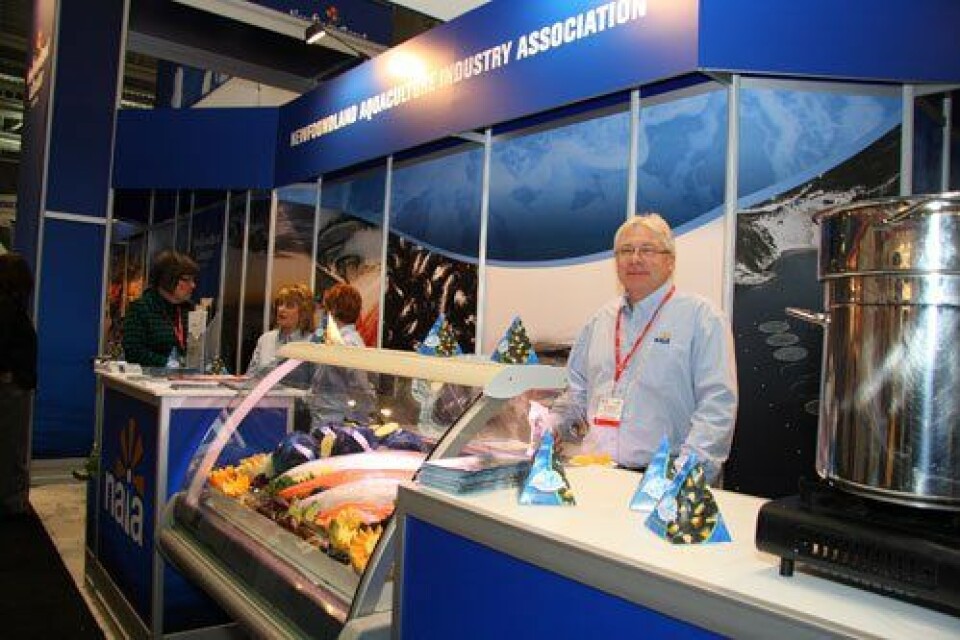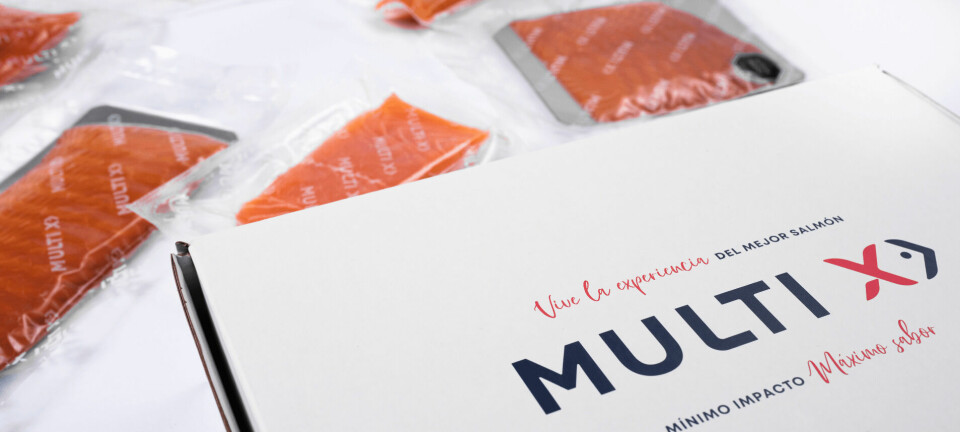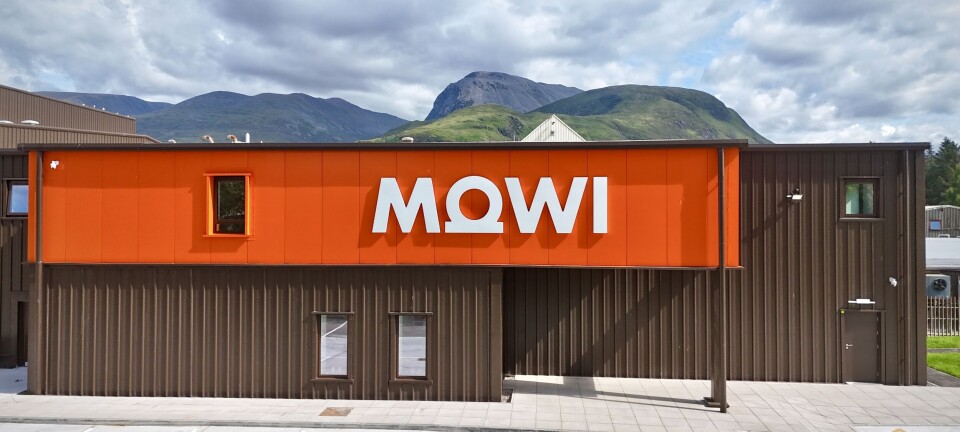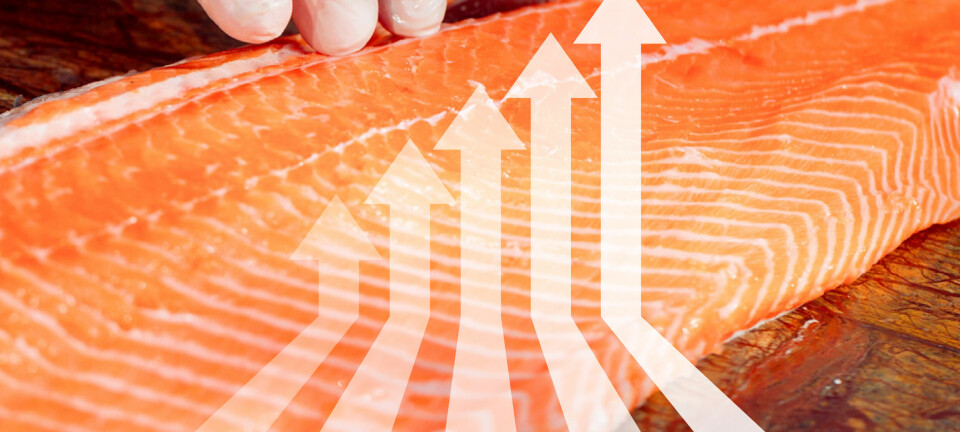
Former Canadian aquaculture association chair back in old job
In a report by Clayton Hunt- reporter with The Coaster- Mr. Couturier explains how he wants to help the Province’s aquaculture industry over the next several years;
Couturier said that as president for the next several years he is strongly committed to seeing the aquaculture industry in the province continue to grow and prosper. According to a provincial government news release issued on February 26, 2014 the provincial aquaculture industry set a record in 2013 in generating $197 million (~€129.3 million) in production value. Approximately 1,000 jobs, mostly located in rural areas, are supported by aquaculture activity within the province.
One of the big goals Couturier said that the NAIA would work on over the coming months is to be more assertive in communicating the good news about the industry. He said, “The Newfoundland aquaculture industry produces responsibly farmed seafood using the best science available. We need to show the public, and the naysayers, that the industry is responsible and is contributing to sustainable seafood production based on sound scientific advice and knowledge. “Some of the criticisms aimed at the industry relate to science and many people just don’t know the facts. Again, it’s important that we get the message out that this industry is based on sound scientific principles.” “We’re finally coming of age in this province,” Couturier said, “after 30 years of development. We have a good, solid industry that can, and should, continue to grow and support rural communities in the province.”
With regards to jobs and helping the economy of rural Newfoundland, things should be better in the future, as all the aquaculture companies have signed on to a Bay Management Plan that will be implemented this year. “This plan outlines, among other points, biosecurity details that all companies have agreed to in writing,” Couturier said. “This Bay Management Plan should reduce the risk of pathogens such as Infectious Salmon Anemia (ISA) and certainly reduce its spread, if it does occur, from one area to another. “What this basically means is that we should be able to produce more sustainable fish in a better environmental manner moving forward.”
Couturier said that the NAIA would also be working with government in helping the industry continue its growth in a responsible manner. He said that the NAIA was a participant in the government’s 2013 consultation process about the future of the aquaculture industry. This consultation process included 122 participants from industry, academia, non-government organizations, Aboriginal organizations and municipalities.
The summary of the consultation process was contained in a report entitled “What We Heard” which was released online on February 26. The consultation process will eventually lead to a provincial aquaculture strategic plan, “Vision 2018” which will be finalized later this year.























































